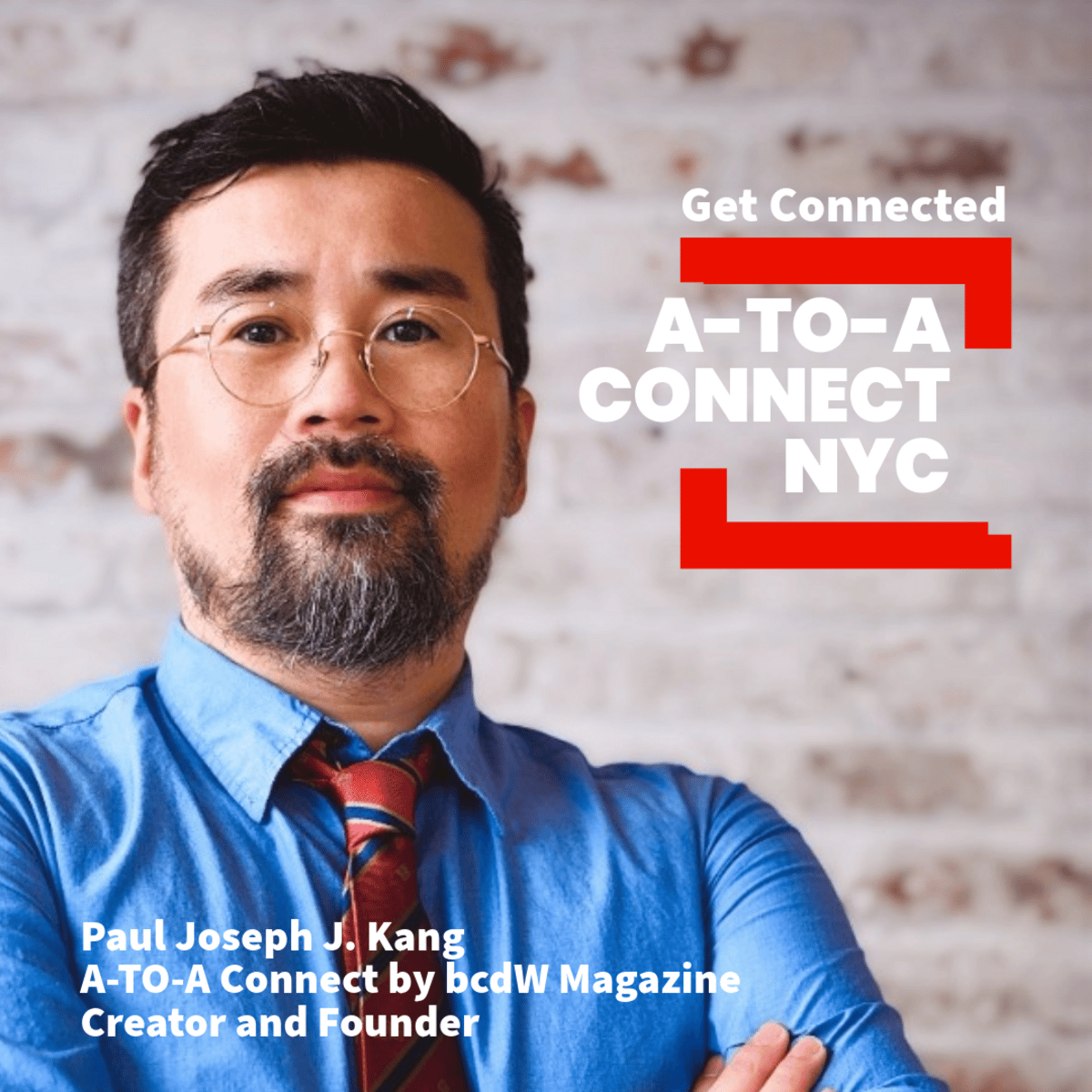For most of human history, death was an integral part of daily life. Families witnessed the final breaths of their loved ones, washed their bodies, and prepared them for burial. Death was not an isolated event but a communal experience, woven into the natural fabric of life.
Today, however, death has been pushed into the margins. It is confined to sterile hospital corridors, outsourced to funeral professionals, and physically relocated to the outskirts of expanding cities. For the modern individual, death has become a distant, abstract concept—an event observed from afar, rarely confronted directly
As French historian Philippe Ariès insightfully observed in The Hour of Our Death, we now live in an era of the “forbidden death.” In the early 1900s, most Americans died at home. Today, nearly 80 percent of deaths occur in medical facilities. This trend is mirrored across the developed world—in the United Kingdom, Japan, Australia, and increasingly in urbanized parts of the developing world.

We have medicalized death, transforming it from a natural stage of life into a clinical event requiring intervention. In 1851, New York City banned new burials in Manhattan, literally pushing death out of the city’s physical and emotional core.
In modern media, death is paradoxically both hyper-visible and deeply hidden. Images of violent death saturate news reports and entertainment, yet the natural, everyday reality of death is virtually absent from public view
As death has become invisible, it has come to be seen as a kind of failure. Companies like Calico, a subsidiary of Google, are investing hundreds of millions of dollars in efforts to “conquer” aging and death, treating mortality not as an inevitability, but as a technological hurdle to be overcome.
SIM Eternal City: A New Urban Experiment to Reclaim Death
Against this backdrop emerges a striking new project: SIM Eternal City, a bold experiment in urban design based on the concept of an “18-minute city.” Unlike conventional cities that have increasingly marginalized death, SIM Eternal City proposes to reintegrate it into the very center of urban life—without regressing to the past, but by combining advanced technologies with new social designs.
Where modern cities have pushed cemeteries and end-of-life care facilities to the periphery, SIM Eternal City imagines a different future. Here, all essential services—including those related to death—are within an 18-minute radius, accessible by walking, biking, or light transport like hydrogen two seats mobility.

Sim Eternal City Mobility Zones: A Vision of the 18-Minute Urban Experience
The city takes a dialectical approach, seeking a “third way” between traditional communal death practices and modern medical frameworks. It combines mobility, community engagement, and technology to create a deeply humane experience of both living and dying.

A “third way” between traditional communal death practices and modern medical frameworks
End-of-life care, for example, is no longer confined to institutions. Instead, mobile services bring hospice workers, therapists, and doctors directly to people’s homes. Funerals and memorial services are redesigned to reach one-person households and dispersed communities, using mobile memorial spaces, modular ceremonial equipment, and hybrid digital-physical tribute kits.
Technology and the Birth of a New Death Culture
SIM Eternal City’s vision is not limited to spatial reintegration; it actively employs cutting-edge technology to reshape the culture of remembrance. The “SIM Eternal Cemetery” kiosk type cemetery replaces traditional tombstones with No Stone Tombstone solution—immersive digital memorials scattered throughout the city. These spaces allow for storytelling, collective memory, and interaction with the lives of those who have passed.
One particularly poignant innovation is the Bio Memorial service: transforming the DNA of the deceased into living trees or plants, creating a tangible bond between the living and the dead. These green memorials offer a profound way to merge ecological sustainability with eternal remembrance.
By acknowledging death rather than denying it, SIM Eternal City creates opportunities for both personal reflection and communal growth. It reimagines urban landscapes where individual stories and collective histories are not buried but interwoven.


The DNA of the deceased into living trees or plants
For too long, death has been treated as the private burden of the elderly or the terminally ill. Yet events like natural disasters, wars, and the COVID-19 pandemic have reminded us that death touches all generations.
SIM Eternal City addresses this reality head-on. Its “Life After called Salmn Daum” campaign brings death-awareness programming into schools, community centers, and cafes. Initiatives like the “Death and the City” conference and public festivals seek to reframe death from an isolating experience into a shared cultural conversation.
These efforts go beyond mere memorialization—they aim to transform how society confronts loss, remembrance, and the passage of time.
Toward the Invisible City: Lessons for the Future
SIM Eternal City is currently moving into a Concept Development phase, but its vision raises profound questions: Why must we begin future urban planning by first reintegrating death?
Despite the popularity of 10-minute or 15-minute city models, discussions around death have been conspicuously absent. Like the hidden mass of an iceberg, death remains an invisible yet essential part of human existence. A city that fails to accommodate death is not just incomplete—it fundamentally denies a core dimension of life itself.
True urban completeness can only be achieved when life and death coexist naturally. Deathless cities are, in a sense, lifeless cities.
SIM Eternal City suggests that when we have the courage to re-embrace death, our cities—and our lives—become richer, deeper, and more sustainable. It is not simply about planning for functional spaces, but about creating total environments where the full spectrum of human experience, from first breath to last, finds a rightful place.

